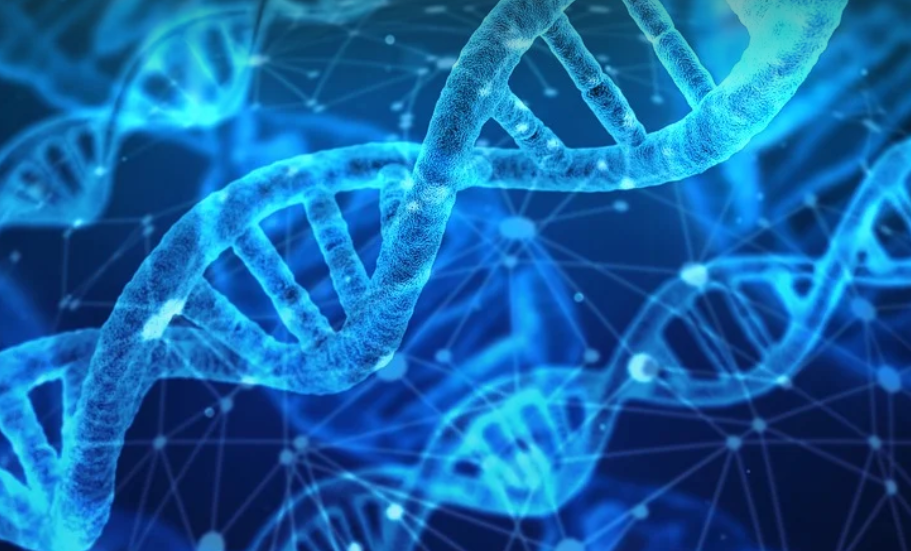The Magic of Water – A Journey From River to Electricity
Imagine standing at the base of a towering dam, gazing out on the rushing river. This powerful force of nature holds the key to an incredible transformation – turning water’s potential energy into a stream of electricity that powers our homes and industries.
Hydropower dams are marvels of engineering, harnessing the raw power of flowing water to generate clean and renewable energy. But how exactly does this magic happen? Let’s dive deeper into the fascinating world of water-powered electricity.
At its heart, hydropower works on a simple principle: gravity. As water cascades down from a higher elevation in a river or reservoir, it gains kinetic energy – energy of motion. This energy is then harnessed by turbines housed within the dam’s powerhouse.
These turbines, resembling giant fans submerged in the water channel, rotate rapidly as the rushing water pushes against their blades. The rotation of the turbine drives an electrical generator connected directly to it. This generator converts the mechanical energy into electrical power– a process that forms the foundation of our modern world’s electricity supply.
But the journey doesn’t end there. The generated electricity is then stepped up through transformers, increasing its voltage for efficient transmission over long distances. Once at its destination, this high-voltage electricity travels through power lines to homes and businesses, powering everything from your lights to your computers.
The entire process is controlled by sophisticated mechanisms designed to ensure safe and reliable operation. Water flow rates are constantly monitored and managed, along with the speed of the turbines and the output of the generator. This intricate dance between nature’s force and human ingenuity ensures a steady supply of clean electricity.
Hydropower dams are not just about generating power; they also play a crucial role in managing water resources.
By regulating river flows, these colossal facilities serve crucial functions like irrigation for agriculture, flood control, and even drinking water storage. They’re essentially intricate systems that help us manage our water resources while harnessing its potential for sustainable energy production.
The environmental benefits of hydropower are undeniable. It’s a clean energy source that doesn’t emit harmful greenhouse gases, contributing significantly to efforts in combating climate change.
However, the construction and operation of dams can come with their own set of challenges. Their impact on ecosystems is something we must carefully consider. Understanding and mitigating potential environmental impacts are critical for a harmonious co-existence between nature and energy production.
For instance, reservoirs created by some hydropower dams can alter natural water flows, potentially impacting downstream aquatic ecosystems. This underscores the need for careful planning and environmentally conscious practices throughout the entire lifecycle of a hydro project.
Despite these challenges, hydropower continues to be a vital source of clean energy worldwide. In regions with abundant water resources, it’s a reliable option that complements solar and wind power in creating a diversified energy portfolio.
As we move towards a future powered by renewable energy sources, hydropower will likely play an even more crucial role. Its potential to provide sustainable and environmentally friendly electricity makes it an essential component in the global shift towards a cleaner and greener world.
The next time you flip on a light switch or use your computer, pause for a moment and think about the fascinating journey of water – from its flowing energy that transforms into electricity within a hydropower dam. It’s a testament to human ingenuity and our ability to harness nature’s power for the benefit of all.
